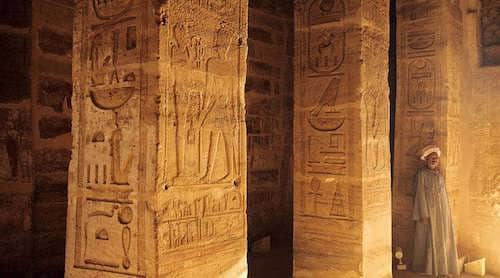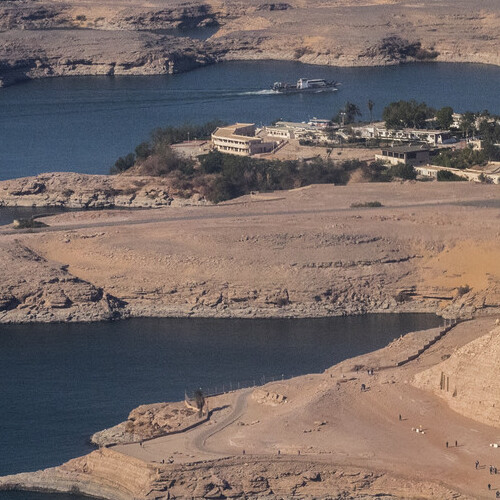The Temple Of Amada
The Temple of Amada: A Historical Gem Amidst Nubian Monuments
Nestled in the heart of Nubia, amidst an array of ancient monuments, stands the Temple of Amada, a beacon of historical and artistic excellence. This venerable site, which dates back to the 15th century BC, is a testament to the architectural prowess and religious fervor of ancient Egypt, offering modern-day visitors a glimpse into a past replete with divine reverence and aesthetic mastery.
Historical Origins and Construction
- Pharaonic Beginnings: The construction of the Temple of Amada was initiated by Pharaoh Tuthmosis III in the 15th century BC and later completed by his successors.
- Dedication: The temple was dedicated to the revered gods Amon-Re and Re-Herakhte, reflecting its religious importance in ancient Egypt.
Artistic and Historical Significance
The Temple of Amada is unparalleled among the Nubian temples. It houses some of the most delicate and elaborate carvings to be found, outshining even the grandeur of the temple dedicated to Ramses II in terms of aesthetic appeal. These carvings are not merely decorative; they are historical narratives carved in stone, offering insights into the political and military undertakings of ancient Egypt. Among these inscriptions, two stand out: one detailing a military campaign against Libya in 1209 BCE, and another documenting the quelling of a rebellion in Syria in 1425 BCE. These engravings are invaluable to historians, providing a firsthand account of the events that shaped the ancient world.

Relocation and Preservation
However, the journey of the Temple of Amada through time has not been without its challenges. Originally located a mere 2.5 km from where it presently stands, the temple was at risk of being submerged by the rising waters of Lake Nasser. In a monumental rescue operation carried out between 1964 and 1975, the temple was painstakingly relocated to its current site. This endeavor was not just a feat of engineering; it was a profound statement on the value of cultural heritage and the lengths to which societies will go to preserve their historical legacy.
Today, the Temple of Amada stands as a monument to the enduring spirit of ancient Egypt, its people’s devotion to their gods, and their commitment to the arts and historical record-keeping. It is a place where the past is palpable, allowing visitors to walk in the footsteps of pharaohs and priests, and to marvel at the artistic and religious achievements of a civilization long gone. In preserving the Temple of Amada, humanity has ensured that this historical gem continues to shine, illuminating the depths of ancient Egyptian culture for future generations.
Created On March 18, 2020
Updated On January 24, 2024



